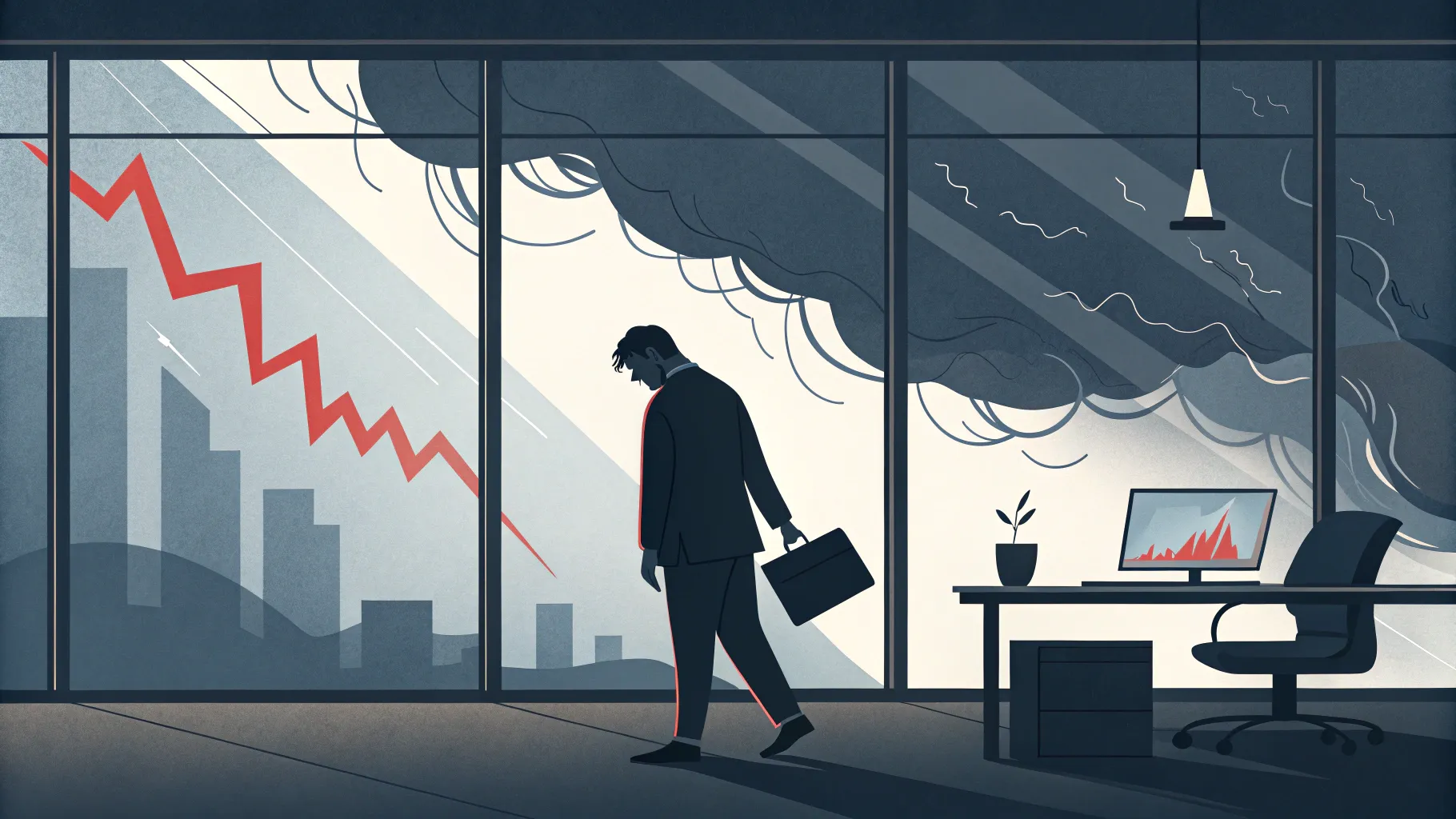
Market uncertainty has prompted multiple companies to withdraw their full-year financial outlooks for 2025, with many specifically pointing to concerns about the impact of tariffs proposed by President Donald Trump.
The wave of forecast withdrawals signals growing caution among corporate leaders as they navigate an increasingly unpredictable economic landscape. Financial analysts note this trend reflects heightened anxiety about future trade policies and their potential effects on global supply chains, manufacturing costs, and consumer spending.
Tariff Concerns Drive Market Uncertainty
Trump’s proposed tariffs have become a central concern for businesses across various sectors. Companies that rely heavily on international trade or maintain global supply chains appear particularly hesitant to commit to long-term financial projections.
“The potential for significant tariffs creates too many variables for accurate forecasting,” said one manufacturing executive who requested anonymity. “We’re essentially planning for multiple scenarios rather than providing a single outlook that could mislead investors.”
The proposed tariffs could range from 10% on goods from most countries to as high as 60% on imports from China, according to previous statements. Such measures would likely increase costs for raw materials, components, and finished goods, potentially squeezing profit margins or forcing price increases for consumers.
Industries Most Affected
The withdrawal of financial guidance spans multiple sectors, though some industries face greater exposure than others:
- Technology companies with global supply chains
- Automotive manufacturers are dependent on imported parts
- Retail businesses selling imported consumer goods
- Industrial equipment makers using foreign-sourced materials
For companies in these sectors, the inability to provide reliable forecasts creates additional challenges in planning for capital investments, hiring, and strategic initiatives. It also complicates relationships with investors who rely on guidance for decision-making.
Market Response and Investor Concerns
Wall Street analysts have noted increased stock volatility following the wave of withdrawn forecasts. The uncertainty has prompted some investors to shift toward companies with primarily domestic operations or those with more flexibility to adapt to changing trade conditions.
When companies pull guidance, it typically signals they see more downside risk than upside potential,” noted a senior market analyst at a major investment firm. The market is trying to price in this uncertainty, but it’s creating significant challenges for portfolio managers.”
Some companies have attempted to provide alternative metrics or scenario-based projections rather than withdrawing guidance entirely. These approaches aim to provide investors with a framework for understanding potential outcomes without committing to specific numbers that could prove inaccurate.
Planning Amid Uncertainty
Corporate leaders are developing contingency plans to address various tariff scenarios. These strategies include:
Some businesses are exploring options to relocate portions of their supply chains to avoid potential tariffs. Others are negotiating with suppliers to share potential cost increases or accelerating automation to reduce labor costs and offset tariff impacts.
Many companies are also building additional inventory as a buffer against supply chain disruptions or sudden cost increases, though this approach ties up capital and creates other financial pressures.
The withdrawal of financial guidance represents a significant shift in corporate communication strategy. In recent years, most major companies have provided detailed annual forecasts to help investors understand their growth trajectories and financial health.
As the situation evolves, market observers expect companies may provide updated guidance once the actual trade policies become clearer. Until then, both businesses and investors face an unusual period of financial uncertainty driven by potential policy changes rather than traditional market factors.











Howie Jones
My name is Howie and I'm a Customer Success Manager at Calendar. I like to ensure our customers get the best experience using our product. If you have questions email me howie at calendar.com